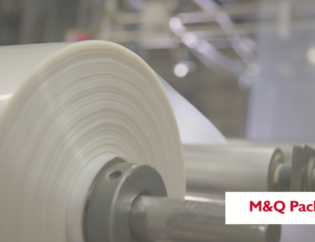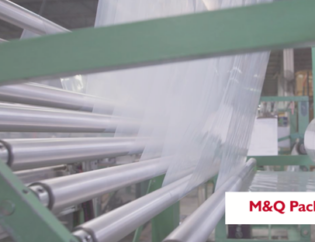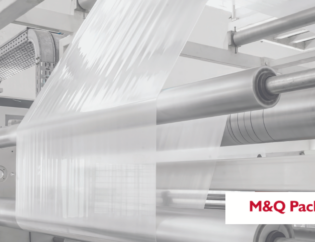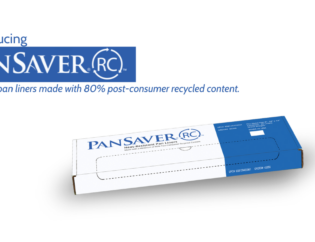
As our society becomes more environmentally conscious, it’s becoming even more crucial for companies to do their part by properly disposing of toxic waste and chemicals. Solvent recovery systems, and solvent recovery bags, offer a different approach to this problem. In this post, we’ll look at how solvent recovery systems and solvent recovery bags can help protect the environment.
What is solvent recovery?
Many industries use solvents as part of their printing or cleaning process. When the process is complete, the contaminated solvent is collected. Traditionally, the contaminated solvent was stored in large drums. Solvent recovery is the process that allows for the solid contaminants to be separated so that the solvent can be reused.
What are solvent recovery bags?
Solvent recovery bags are specialized bags used as part of this solvent recovery process. Bags fit within the solvent recoveryequipment and collect the solid contaminants. At the end of the cycle, the solid waste (now significantly smaller) can be safely disposed of inside the bag. Made from high-temperature and chemical-resistant materials, high-density, durable ingredients such as polyethylene or nylon, solvent recovery bags are specifically created to meet industrial demands and reduce the clean-up from solvent recycling equipment.
What are the benefits of using solvent recovery bags for businesses?
Solvent recovery bags are a cost-effective and versatile solution designed to help businesses dispose of hazardous waste from a solvent recovery system. They are a proven and reliable solution that saves valuable time, reduces labor demands, and promotes a safer working environment. Furthermore, they can prevent spills and the leaking of toxic volatile organic compounds into the air, ultimately reducing greenhouse emissions.
What material are solvent recovery bags made from?
The most durable solvent bags are made from high-quality nylon film formulations. Nylon is a synthetic polymer known for its heat resistance, high tensile strength, and impressive resilience, making it an ideal material for solvent-recycling bags. Businesses should consider the expertise of a reputable packaging manufacturer who can develop customized bags tailored to specific dimensions, material thickness, temperature resistance, and industry needs. Solvent recovery bags offer flexible and versatile solutions suitable for different industries, making them an efficient and practical choice.
Consequences of improperly disposing of paint and other toxic substances
Improperly disposing of paint and other toxic substances can have severe consequences for businesses in terms of financial penalties and damage to reputation. Companies that fail to properly dispose of hazardous waste will result in a summons, which can result in hefty fines, court costs, and legal fees. The Environmental Protection Agency (EPA) has strict regulations for storing, transporting, and disposing of hazardous waste, and violations can result in significant penalties. Negative publicity from environmental violations can damage a business’s public image and make it more challenging to attract customers and investors. Therefore, companies must implement proper waste management practices and comply with regulatory standards to avoid these negative consequences.
How solvent recovery bags can help protect the environment
A solvent recovery process significantly decreases the amount of hazardous waste that’s needed to be disposed of. Solvent recovery bags help contain and safely dispose of this dangerous waste so it does not enter local ecosystems. Solvent recovery bags also make cleaning the solvent recovery equipment easier, preventing harmful chemicals from being released into the air.
Conclusion
As a business, it’s your responsibility to protect the environment when disposing of toxic, potentially life-threatening chemicals that harm the environment. Solvent bags are engineered from durable, heat-resistant nylon to recover hazardous waste, preventing chemicals from leaking into the environment and reducing waste going to landfills.







